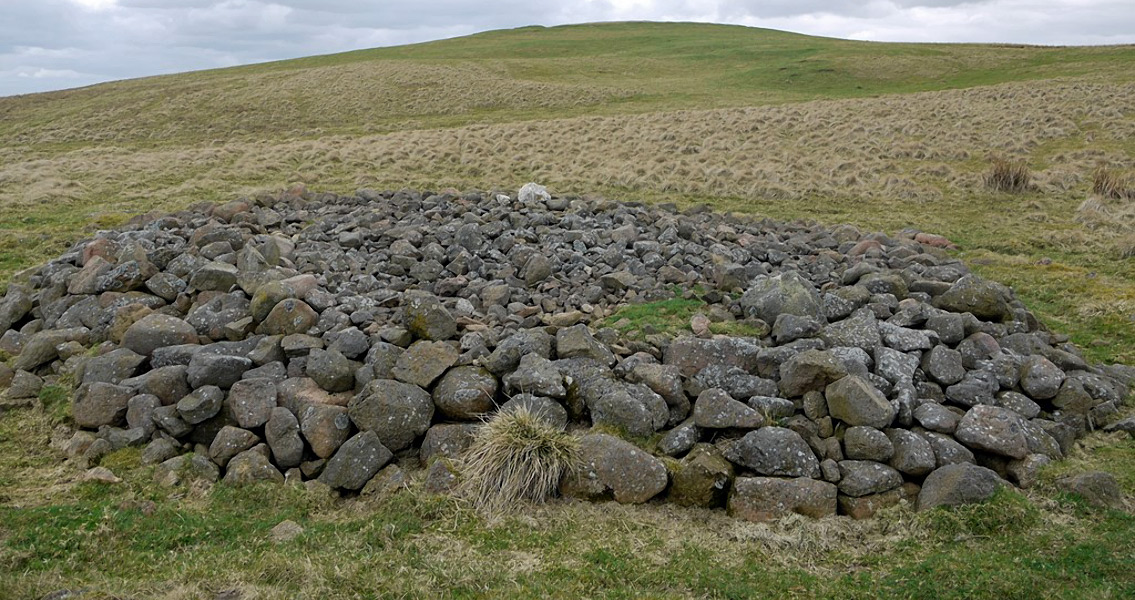<![CDATA[A significant number of Britons that lived during the Bronze Age were likely to have been mummified deliberately upon their death, according to a new study conducted by University of Sheffield archaeologists. The study, which is the first of its kind to provide any sort of indication that the funerary practice was widespread in ancient Britain, relied on an analysis of several Bronze Age skeletons found in burial sites throughout the UK. The team of researchers, headed by Dr. Tom Booth and assisted by colleagues from University College London and the University of Manchester, discovered that the remains of a significant number of Bronze Age Britons were consistent with fully and partially mummified remains found in prehistoric Yemen and in a peat bog in Ireland. Dr. Booth made use of microscopic analysis in order to run a comparison between the two mummified bodies and several different sets of skeletal remains found across the UK in several different sites. Specifically, Dr. Booth and his colleagues were looking to see how bacterial bio-erosion rates differed. The damp climate of the British Isles is less-than favorable to organic remains, leading many archaeologists to caution that most skeletons will have little to no preserved tissue remaining unless placed in a peat bog or a similar preservative environment. This makes it difficult to consistently identify remains that may have been mummified, Dr. Booth said in a statement released by the University of Sheffield. Meanwhile, the microscopic bone analysis method the team used was successful in detecting evidence of mummification, even in situations where remains had been placed in environments which were not conducive to the preservation of mummified remains. The levels of bioerosion present in mummified bones are much less than in those bones that were subject to natural decomposition, Dr. Booth remarked. The number of techniques used by Bronze Age Britons to mummify their deceased was likely high, according to the findings of the research team. Some of these techniques included interring remains within a peat bog to harness the natural preservative powers of the bog, and smoking the remains of an individual over a fire. Other methods could have easily included the removal of internal organs shortly after the subject died. In the end, the research study’s findings highlight how funerary rituals often thought to be exotic and bizarre when documented in non-European cultures were actually much more commonly practiced, at least in European countries, for centuries by those who occupied those lands. Additionally, the new microscopic bone analysis method the team used as an identifying tool could lead to more Bronze Age remains being accurately identified as mummified throughout the European continent. The research study is set to appear in a forthcoming issue of the journal Antiquity. Image courtesy of Wikimedia Commons user: Andrew Curtis]]>
Many Bronze Age Britons were Mummified
